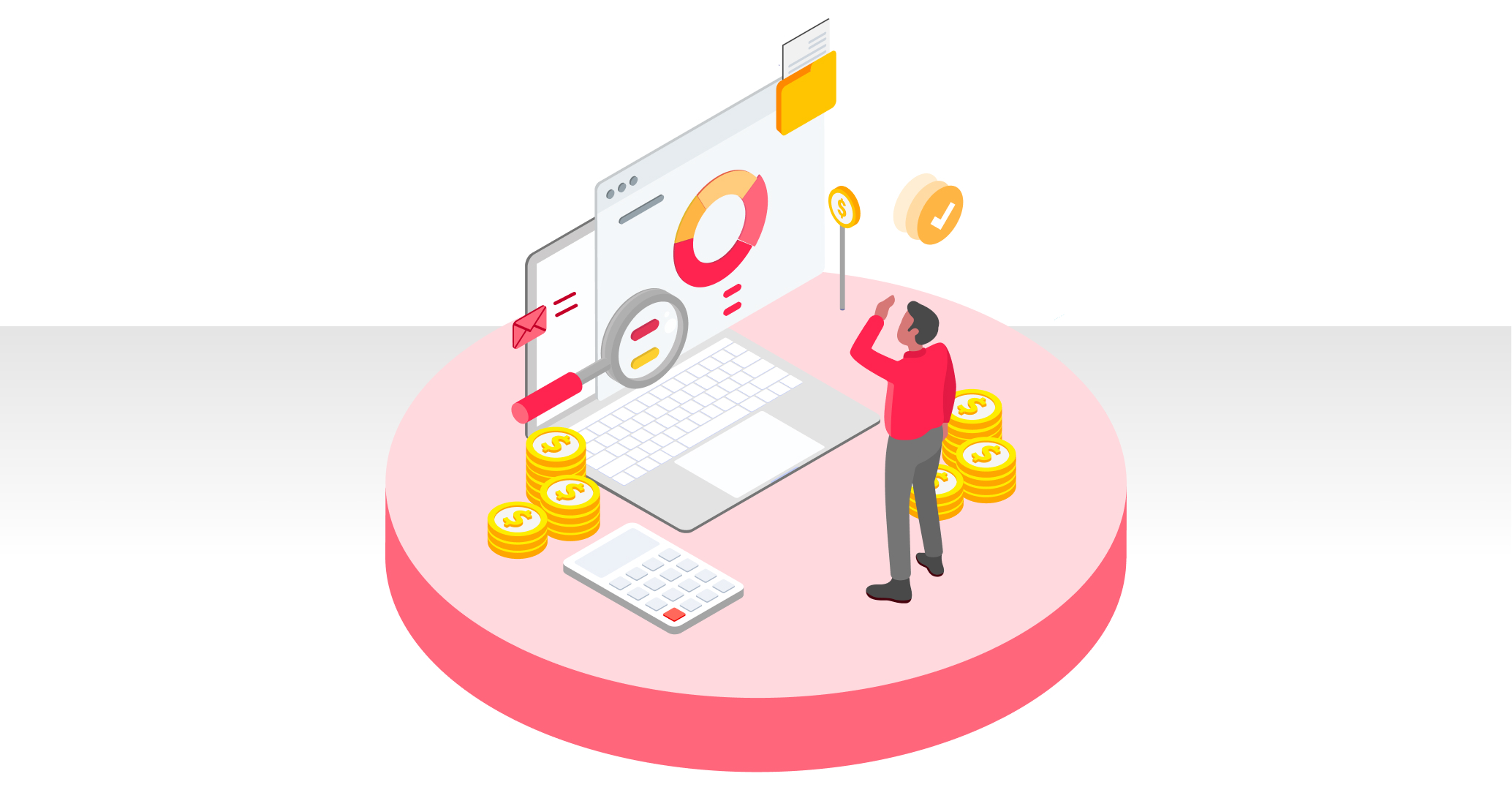Adapting to the New Cookieless reality: An Expert Update for Publishers
Welcome to a new piece in Yieldbird’s series, drawing from our own research into the significant shifts in the programmatic…

In 2019, Google’s shift to a first-price auction significantly transformed how publishers managed pricing rules. To streamline and centralize the process, Google Ad Manager (GAM) replaced the previous pricing rules with Unified Pricing Rules (UPRs), ensuring consistent pricing across all channels. UPRs also empower publishers to establish universal pricing rules for all indirect demand for their inventory within GAM. In this article, we’ll explore the benefits of UPRs and their application within Google Ad Manager.
The Unified Pricing Rules is an advanced feature on Google Ad Manager that enables publishers to set and harmonize the minimum price for programmatic demand on GAM. On the other hand, the Optimized Pricing feature complements the UPRs by safeguarding the inventory’s worth, thereby preventing buyers from acquiring it for a lower price.
Google identifies several scenarios where UPRs can be applied:
However, UPRs are not applicable in specific contexts:
Despite these limitations, proper use of UPRs provides benefits that typically outweigh the drawbacks for most publishers.
Unified Pricing Rules prioritize higher-priced rules when multiple UPRs target the same ad units. This ensures publishers receive better revenue from their inventory because they work as an additional competitor from the buy side perspective and enforce higher spending.
Important: Please remember to approach this carefully because if you set the price too high, you can scare off demand, and instead of gaining, you will lose.
UPRs allow control of pricing in multiple dimensions, which means that they can adapt to whatever pricing strategy the publisher has – whether it is based on sizes, browsers, goes, or some custom dimensions determined by key values.
UPRs offer publishers a convenient, centralized way to manage pricing rules for all Open Market inventory within GAM, making it easier to maintain consistency and maximize revenue. Although 200 UPRs per Ad Manager network is limited, this should be sufficient for most publishers when used strategically by implementing UPRs and focusing on their benefits.
Unlock more knowledge about programmatic advertising, optimization strategies, and more by visiting our blog. Start reading now and boost your programmatic revenue today!
LET’S GET IN TOUCH!

Bartłomiej Oprządek
Senior Business Development Manager & Team Leader
publishers@yieldbird.com

Bartłomiej Oprządek
Regional Growth Director
Try all the possibilities of Yieldbird Platform